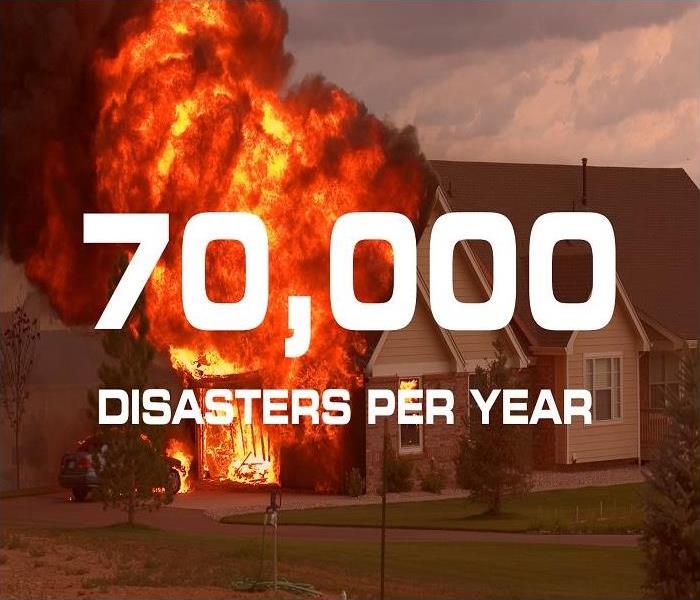How to Inspect a Fire Extinguisher
9/29/2017 (Permalink)
 In the event of a home fire get to safety immediately and call 911 - Then call SERVPRO of Marietta West
In the event of a home fire get to safety immediately and call 911 - Then call SERVPRO of Marietta West
When was the last time you took time to check the fire extinguisher that sits under your kitchen sink? Or the one hanging from a dusty hook in your garage? If you’re struggling to remember, it’s time to check it. Like any other piece of safety equipment, a home fire extinguisher should be inspected regularly to ensure it’s in proper working condition. A fire extinguisher in good working condition is your first line of defense when a home fire erupts.
Ideally, you should inspect your portable home fire extinguishers every month.
Tips for Performing a Monthly Fire Extinguisher Check
- Check the label or tag.
Every fire extinguisher, whether disposable or rechargeable, has a manufacturer’s label or tag. Read the tag and follow the manufacturer’s recommended maintenance suggestions.
- Check the tamper seal.
If the tamper seal has been broken or is cracked, a disposable fire extinguisher needs to be replaced. If it’s rechargeable, it needs to be serviced professionally. Check the locking or pull pin as well to make sure it’s in the correct position. If the pin missing, the fire extinguisher needs to be inspected or serviced by a professional.
- Inspect for physical damage.
Physically inspect the fire extinguisher for obvious damage. This may include but is not limited to dents, corrosion, cracks and obvious leakage. If a fire extinguisher has leakage, it’s no longer under full pressure and may not work properly when you need it most. Check the fire extinguisher nozzle as well, to ensure it’s not clogged by grime, dust, bugs or leakage from the unit itself.
- Check the pressure gauge.
Check that the pressure gauge needle indicates the fire extinguisher pressure is in the optimum operating range. Often the correct pressure range will be designated by green on the gauge.
- Is the fire extinguisher full?
During your monthly check, lift the fire extinguisher and determine if it still feels full. If there has been a leak, it will feel light, and it won’t have the right amount of pressure to work correctly.
- Shake it.
If you have a dry chemical fire extinguisher, it should be shaken once a month during your inspection. This helps prevent the chemical dousing agent from solidifying at the bottom of the unit.
- Write inspection date on tag.
Keep track of every inspection date by writing it on the fire extinguisher tag.
- Ensure easy access to your fire extinguisher.
Fire extinguishers should always be easy to access if there is an emergency. You don’t want to have to search for it once a fire breaks out. Don’t block fire extinguishers with furniture, boxes or any other items. Everyone who lives in the household should know where the closest fire extinguisher is located and how to use it in case of an emergency.
In the event of a fire emergency, first make sure to get people safely away, then call 911. A home fire extinguisher can be used to put out or control small fires, but it’s still safest to call professional fire fighters before you attempt to control a fire on your own.
If you need professional fire, smoke or water damage cleanup after a fire, call the experts at SERVPRO of Marietta West - (770) 428-5467 -
Source: www.SERVPROauburnrocklin.com/






 24/7 Emergency Service
24/7 Emergency Service